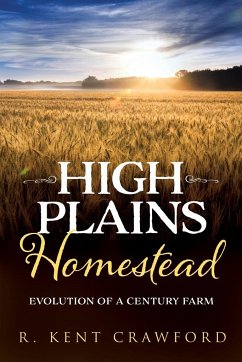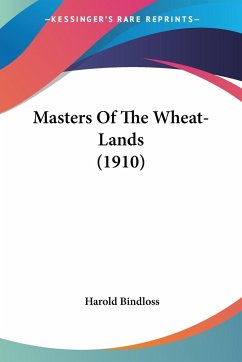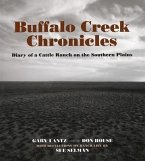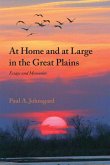Scorching heat. Bitter cold. Relentless wind. No trees. Scarce water. That's what settlers faced in 1879 on the Kansas plains. Four generations of the Crawford family survive and eventually prosper during 120 years of farming the Kansas prairie. Tales of hardship, humor, and grit merge with details of the enormous changes in mechanization, economics, and political forces as the country transitions from a mostly rural nation to a mostly urban one. Crawford's personal story coupled with his research on the evolution of farming from the homestead to the recent prairie fires describe the birth and transformation of his family farm. After their trek from Pennsylvania, with a stop to earn money in Kansas City, the family took possession of their Kansas High Plains homestead. Moving out of their canvas covered wagons they started their home. Self-reliant homesteaders, Harmon and Candus Crawford, dug a well and cut prairie sod to build their first home-a "soddy." With few trees available, they quarried the native limestone for fence posts. Stories, photos, and charts portray life on the farm from Harmon and Candus through three more generations. Towns spring up, grow, expand, and decline. Life might be hard, but the community is strong. The integration of family anecdotes with meticulous research describes how the weather, the mechanization of farm equipment, the transition from horse-power to tractor-power, two world wars, the Great Depression, the ensuing Dust Bowl, government farm programs, and the changing economics of farming all influenced the nature of High Plains farming. The author describes his life as the fourth generation on that farm and his family obligation to care for the land with good planning and conservation of resources to grow it from the original 160 acres to 1200 acres today. In 2001, the Kansas Farm Bureau designated the Crawford farm a Century Farm-one continuously owned by a single family for 100 years or more. The narrative concludes with a thought-provoking discussion of the future of rural communities, the options for farmers, and High Plains farming.
Hinweis: Dieser Artikel kann nur an eine deutsche Lieferadresse ausgeliefert werden.
Hinweis: Dieser Artikel kann nur an eine deutsche Lieferadresse ausgeliefert werden.








